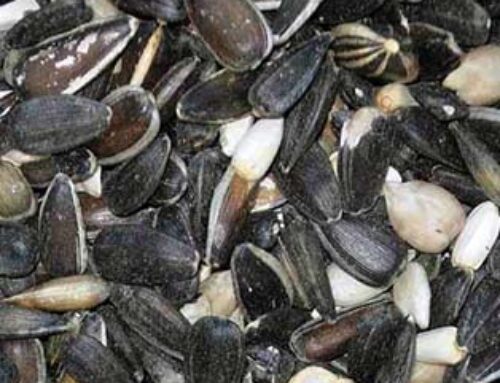“The bluebird wears the sky on its back.” So wrote Henry David Thoreau over 100 years ago. He couldn’t have been more accurate or descriptive. While we enjoy all the colorful variation in bird’s feathers, there is something that just makes us smile when we see a blue bird, and I’m not just talking about the one that returns each spring to take up residence in our nest boxes. There are other blue birds that inspire us as well. If the Blue Jay were not a year round resident and ‘common’ we would all be impressed with its lovely gradations of slate and military blue feathers.
Eastern bluebirds happily, have made a come back in recent decades after years of decline. People missed their cheerful song and flashing blue feathers and once they realized it was a lack of nesting sites that had contributed to their drop in numbers, nest boxes began to appear all over the countryside. Our resident pair successfully
raised a brood of young this summer.
On a recent trip out west we were saw mountain bluebirds with their sky blue backs, that gradually fade to a paler blue on their bellies. In the mountains of Montana we saw Stellar jays, striking birds of midnight blue. But most exciting for us was the Indigo Bunting that started visiting the flat bird seed feeder the past couple weeks. We could hardly believe our eyes, the first time it landed on this small platform, with a American Goldfinch perched nearby. It stayed long enough for me to get a pair of binoculars up to my eyes, before flying off. But a few minutes later it was back. We have heard Indigo Buntings on our property in the past, but they are birds of the forest canopy and a quick glimpse now and then has been our best sighting. More often we hear them singing their two note paired song, described by some as, “sweet-sweet, sweeter-sweeter, here-here” Indigo Buntings tend to feed on insects in the summer, small weed or grass seeds, and possibly some wild berries. Now we know they will also feast on hulled sunflower seeds.
The Bunting appeared to be a first year male, with a (surprise) indigo blue back and edging on dark brownish wing and tail feathers. Small splotches of brown showed on the back. The female is all brown and the male before he is fully mature shows hints of brown as well. The head is even a darker, almost purple blue. In the sunshine the bird shines like a rich sapphire, but in the shade it can appear almost black.
This is the magic that belongs to birds with blue feathers. It’s an optical illusion if you will and in a sense a confirmation of Thoreau’s description, for the feathers are not truly blue. If you were to pick one up from the ground and held it so the sun was shining directly on it, you would say it looks blue. But if you pick it up and turn it so it is backlit by the sun, you would see the blue disappear and be replaced with black or brown, the pigments that are naturally found in the feather. When blue light waves reach the bird they are scattered and reflected off of the top layer of cells on the feather which cover the brown and black melanin (basal cells).
I think there must be a direct connection between our optical nerve and our heartstrings. How else could you explain the expression ‘Bluebird of happiness’? This is a belief that has been around for centuries, and found in cultures all over the world. For some reason, humans have almost universally equated a bird with blue feathers with health, happiness, hearth and home. I guess it makes sense. After all, blue is the color we associate with the sky (air) and water, the two essentials for life on earth
By Kate Crowley




